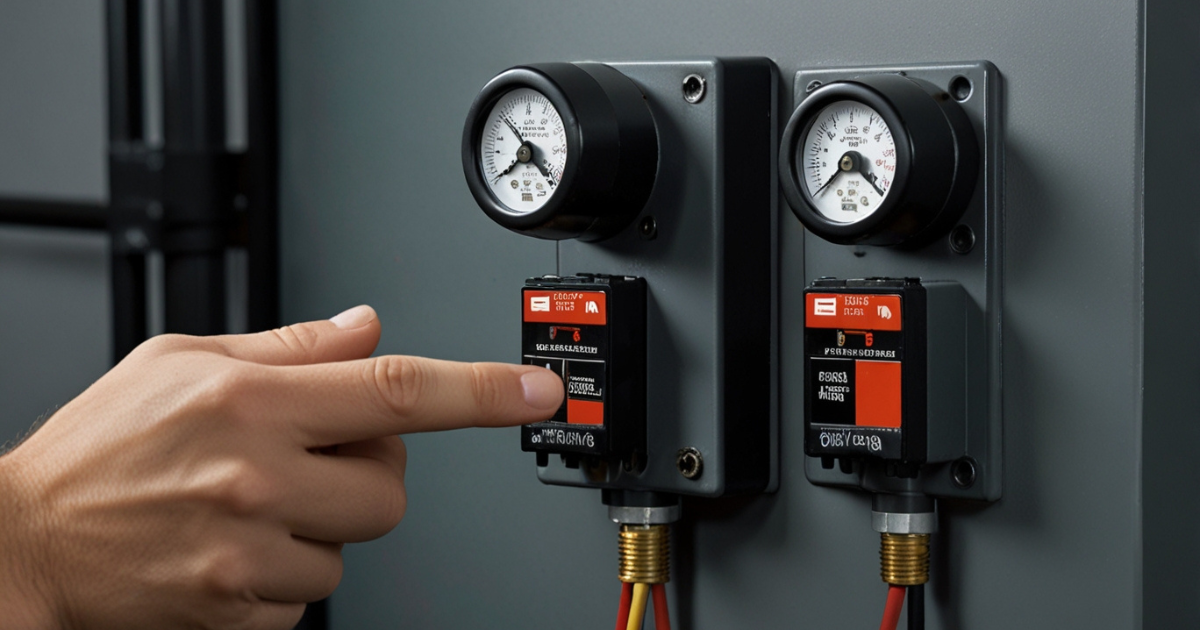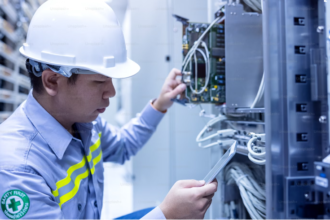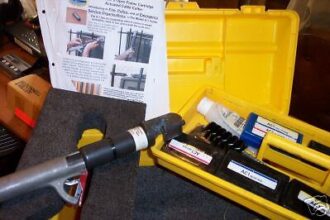When your 0533205 pressure switch isn’t working as it should, it can throw your entire system off balance. Thankfully, diagnosing and resolving the issue doesn’t have to be a mystery. This guide is your go-to resource for identifying common problems, fixing them step-by-step, and preventing future breakdowns. By the end of this post, you’ll feel confident in handling pressure switch issues—or at least know when it’s time to call in the pros.
Whether you’re a seasoned DIYer or just starting out, we’ve got practical tips, expert insights, and suggestions to keep your system running smoothly.
What Is the 0533205 Pressure Switch and Why Is It Important?
The 0533205 pressure switch serves as a critical component for monitoring and regulating pressure. It enables equipment to operate efficiently and safely by turning systems on or off when it detects a predetermined pressure threshold. You’ll often find it in pumps, HVAC systems, and industrial setups, where consistent performance is paramount.
Imagine your pressure switch as the silent workhorse of your system—it’s doing its thing behind the scenes to ensure optimal operation. However, like all mechanical components, it’s not immune to wear and tear.
Expert Insight
“Pressure switches are vital in maintaining precise control in any system that relies on consistent pressure levels,” says Jane Carter, an engineer specializing in fluid systems. “A faulty switch can lead to system malfunctions, costly downtime, and even equipment damage.”
Common Issues and Warning Signs of a Faulty Pressure Switch
Before jumping into troubleshooting, it’s essential to understand the common problems a 0533205 pressure switch might face. Recognizing these warning signs early can save you time, money, and headaches.
Typical Issues:
- Failure to Activate
The switch doesn’t trigger the connected equipment, leaving your system idle.
- Frequent Cycling
The system repeatedly turns on and off, which can strain your equipment.
- Pressure Reading Discrepancies
The pressure displayed doesn’t match the actual conditions, causing inconsistent performance.
- Leaks or Physical Damage
Visible cracks, leaks, or deformation on the switch housing signal trouble.
Warning Signs to Watch For:
- Equipment making unusual noises when starting or stopping
- Unresponsive systems despite proper calibration
- Odd smells indicating electrical faults or overheating
By catching these symptoms early, you can address minor issues before they escalate into major failures.
Step-by-Step Troubleshooting Guide for the 0533205 Pressure Switch
Now that you know the tell-tale signs of trouble, it’s time to roll up your sleeves. Here’s how to troubleshoot the 0533205 pressure switch effectively:
Step 1: Safety First
- Turn off power to the system before inspecting the pressure switch.
- Double-check using a voltage tester to ensure no power flows to the unit during your inspection.
Tip: Wear insulated gloves while working with any electrical components.
Step 2: Inspect the Switch
- Check for visible damage like cracks, leaks, or corrosion on the housing and terminals.
- Confirm that all connections are secure and properly wired.
Step 3: Test the Pressure Settings
- Refer to the manufacturer’s manual for the switch’s pressure range.
- Adjust the settings using a screwdriver if necessary, ensuring they align with your system’s requirements.
Step 4: Listen for the Click
- Reconnect power briefly and adjust pressure manually.
- A functioning pressure switch will produce a distinct “click” as it activates and deactivates based on pressure changes.
Step 5: Clean or Replace Components
- Dust, dirt, or debris may interfere with accurate readings. Gently clean the switch with a soft cloth.
- If cleaning doesn’t resolve the issue, consider replacing worn-out parts or the entire switch.
Warning: If you’re unsure at any step, always consult with a professional technician.
Pro Tip
“Many issues stem from improper calibration or dirt accumulation,” says Carlos Menendez, a certified HVAC technician. “Sometimes, a simple maintenance step is all it takes to fix the problem.”
Recommendations for Regular Maintenance to Prevent Future Issues
A little upkeep can go a long way in extending the lifespan of your 0533205 pressure switch. Here’s how to stay ahead of potential problems:
- Inspect Quarterly
Check for physical damage, loose wires, and signs of wear every three months.
- Keep the Environment Clean
Dust, debris, and moisture can harm sensitive components, so maintain a dry and clean area around the switch.
- Recalibrate Annually
Proper calibration ensures the switch triggers at the correct pressure thresholds.
- Replace When Necessary
Don’t wait until the switch completely fails—replace it at the first sign of significant wear.
By incorporating routine maintenance into your workflow, you’ll minimize disruptions and costly repairs.
Why Proper Pressure Switch Functionality Matters
Maintaining a properly functioning 0533205 pressure switch isn’t just about convenience—it’s critical to the safety and efficiency of your system. A faulty switch can lead to equipment damage, production delays, and increased operational costs.
Think of the pressure switch as a small but mighty component keeping everything running seamlessly. Taking the time to troubleshoot and maintain it will pay off in the long run.
Frequently Asked Questions
Q: How do I know it’s time to replace my pressure switch?
A: When repairs no longer resolve the issue or if the switch shows visible damage, it’s time for a replacement.
Q: Can I troubleshoot my 0533205 pressure switch without technical expertise?
A: If you’re comfortable following basic safety protocols and using tools, many issues can be addressed. For complex problems, call a professional.
Q: How long should my pressure switch last?
A: With proper maintenance, most switches last between 5–7 years.
Take Action for a Smoother System
Is your 0533205 pressure switch acting up? Don’t wait until the issue worsens. Start troubleshooting today using the guide above, or consider reaching out to qualified professionals for help. Regular maintenance will ensure your switch continues to perform optimally, keeping your systems running efficiently.
Need professional assistance or a replacement switch? Visit our store today for genuine parts and support from industry experts.













